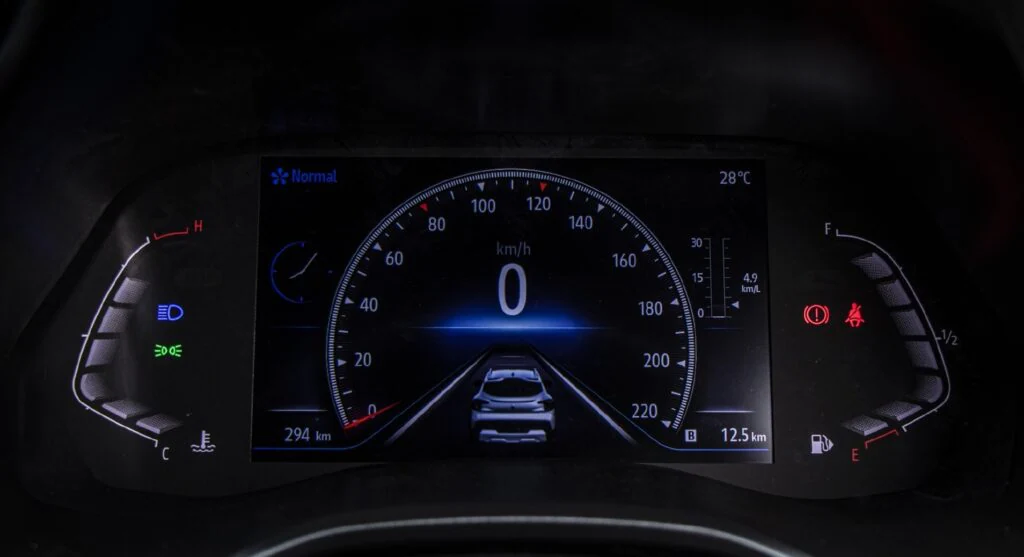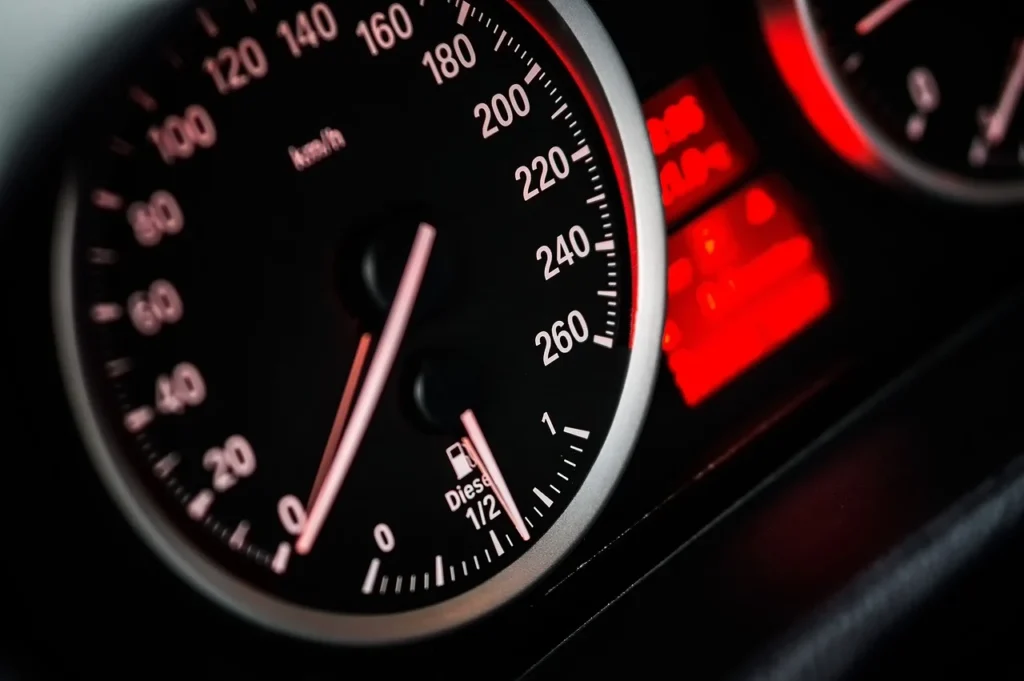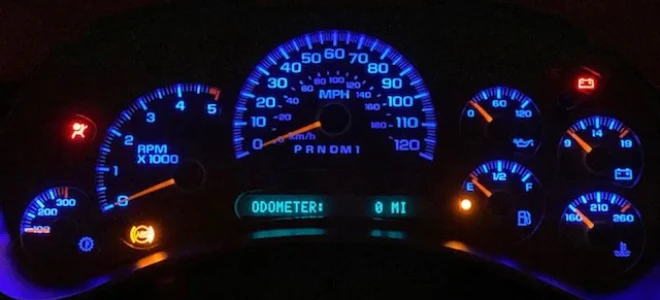Your car’s dashboard cluster, also known as the instrument cluster, is an essential part of your vehicle that you use every time you drive. It contains a variety of gauges and warning lights that provide you with important information about the car’s performance, such as speed, fuel level, engine temperature, and more. However, many drivers don’t fully understand how to read and interpret the information displayed on these.
In this comprehensive guide, we will cover everything you need to know about the dashboard cluster, from its basic components to tips on how to troubleshoot any issues that may arise. Whether you’re a new driver or an experienced one, you’ll find valuable information in this article that will help you understand and make the most of your car’s dashboard.
1. What is a Dashboard Cluster?

Sourceyoutube.com
A dash cluster, is a control panel located in the driver’s compartment of a vehicle. It displays important information about the car’s engine, transmission, fuel system, and other key components. It is made up of several gauges and warning lights that provide the driver with critical information about the car’s performance. The most common gauges found include the speedometer, tachometer, fuel gauge, and temperature gauge. The speedometer tells the driver how fast the car is going, while the tachometer provides information about the engine’s RPM (revolutions per minute). The fuel gauge indicates how much fuel is left in the tank, and the temperature gauge shows the temperature of the engine coolant. All of these gauges together give the driver a complete picture of the car’s performance. The warning lights on the instrument cluster are used to alert the driver to potential problems with the vehicle. These lights include the check engine light, battery light, and oil pressure light, among others. The dashboard is an essential component of any vehicle, and it is important for drivers to understand how to read and interpret the information it provides.
2. Understanding the Basic Components of a Dashboard Cluster

Source: carandbike.com
The dashboard cluster, is a vital component of your car’s control panel. Understanding the basic components of your car’s dashboard cluster is essential for safe and efficient driving. The most important component of the dashboard is the speedometer, which displays your vehicle’s speed. This is usually located in the center part and is displayed in either miles per hour or kilometers per hour, depending on your location. The fuel gauge is another critical component that displays the level of fuel in your gas tank. It is usually located near the speedometer and alerts you when you need to refuel. The engine temperature gauge is also an important component of the dashboard cluster. It displays the temperature of your engine coolant and alerts you if the engine is overheating. Other gauges that may be included in the dashboard cluster include the tachometer, which displays the engine’s RPMs, and the oil pressure gauge, which displays the pressure of the engine oil. In addition to the gauges, the dashboard cluster also includes warning lights that alert you to problems with your vehicle, such as the check engine light, low oil pressure light, and low battery light. Understanding what each warning light means is crucial for ensuring your vehicle is running correctly. In conclusion, understanding the basic components of your car’s dashboard cluster is essential for safe and efficient driving. Regularly checking your dashboard cluster, understanding the gauges and warning lights, and taking action if necessary, can help you maintain your vehicle’s health and prevent problems while on the road.
3. Reading and Interpreting the Information Displayed on the Dashboard Cluster
The dashboard cluster in your car is the control panel that provides you with important information about your car’s performance. It is important that you know how to read and interpret the information displayed on the dashboard cluster in order to keep your car in top condition. The dashboard cluster typically displays information such as speed, fuel level, engine temperature, and warning lights. It is important that you understand what each of these pieces of information means so that you can take appropriate action if something is amiss. For example, if the engine temperature gauge is showing that the engine is overheating, you will need to pull over and let the engine cool down before continuing your journey. Similarly, if the fuel level is getting low, you will need to fill up the tank as soon as possible. It is also important to pay attention to warning lights that may come on, such as the check engine light or the oil pressure light. These lights are an indication that there is a problem with your car that needs to be addressed. By understanding how to read and interpret the information displayed on your dashboard cluster, you can keep your car in great condition and avoid costly repairs in the future.
4. Troubleshooting Common Dashboard Cluster Issues

Source: jdpower.com
The dashboard cluster of your car is a crucial component that displays important information about your vehicle. If you notice any issues with your dashboard cluster, it is important to troubleshoot and fix the problem as soon as possible. One common issue with the dashboard cluster is a dim or blank display. This could be caused by a blown fuse, a loose connection, or a faulty sensor. Another common issue is a dashboard cluster that shows incorrect readings, such as a speedometer that is not working properly. This could be due to a faulty sensor or a damaged wiring harness. In some cases, the issue could be caused by a malfunctioning control module. In order to troubleshoot these issues, it is important to consult your car’s manual or seek the guidance of a qualified mechanic. They will be able to help you identify the root cause of the issue and provide a solution that will get your dashboard cluster functioning properly again. Ignoring dashboard cluster issues can lead to more significant problems down the road, so it is essential to address them as soon as possible.

